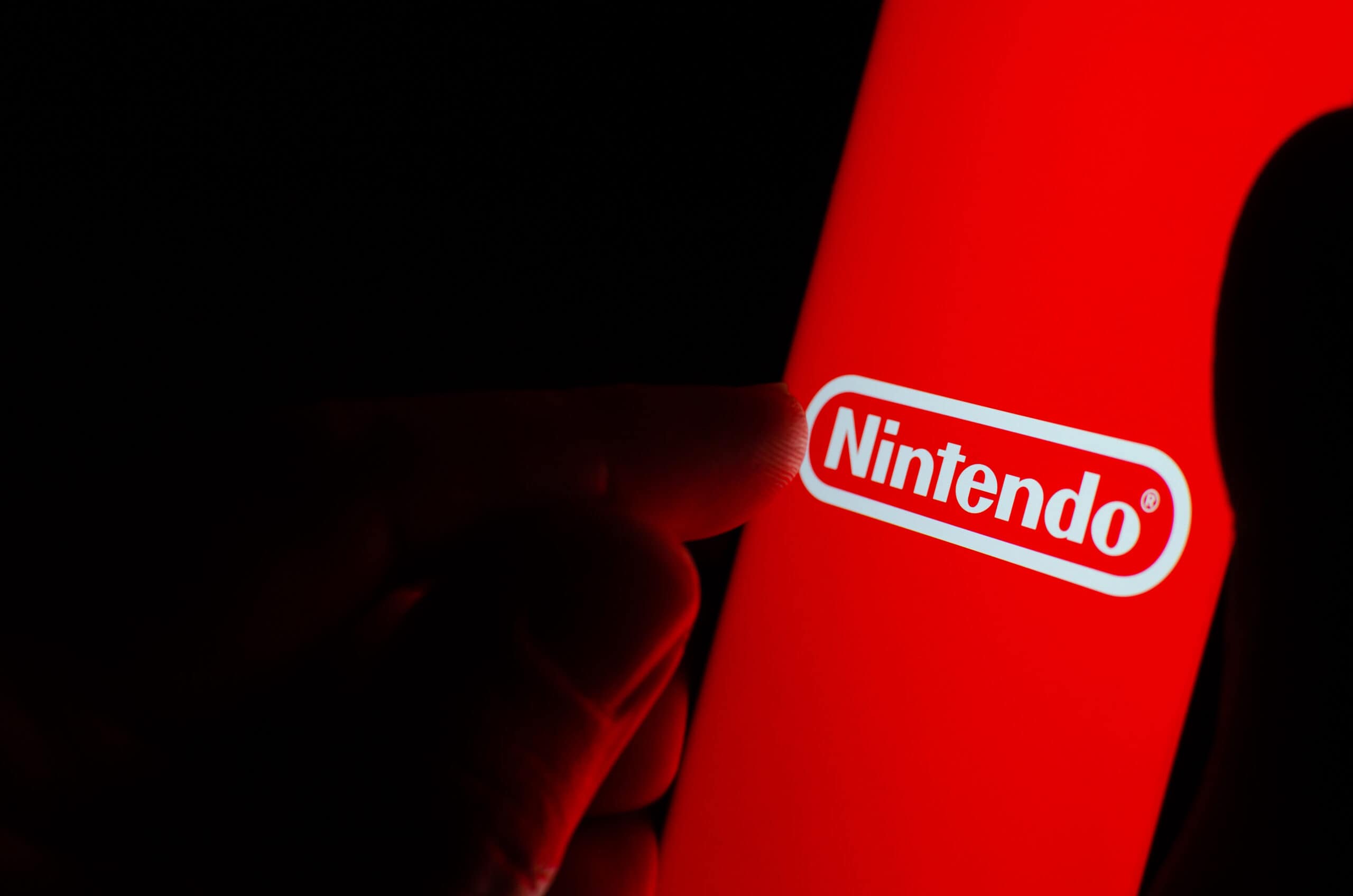According to a report released by Sports Lens on March 5, 2023, Nintendo is “the most known and most liked gaming company in the United States.” The survey, which was conducted by Statista Consumer Insights Gaming & eSports Special data, indicated that the Japanese company scored significantly higher than its U.S. competitors among American gamers.
It’s important to note that recognition doesn’t always go hand-in-hand with awareness. But in the case of Nintendo, nearly three-quarters of American gamers know the company and 47% also think of it favorably.
Quick Facts
- Year Founded
- 1889
- Founders
- Yusajiro Yamauchi
- Industry
- Video Games
- Headquarter
- Kyoto, Japan
- Key People
- Fusajiro Yamauchi, Sekiryo Kaneda/Yamauchi, Hiroshi Yamauchi, Masayuki Uemura, Gunpei Yokoi, Minoru Arakawa, Shigeru Miyamoto, Takashi Tezuka, Howard Lincoln, Masahiro Sakurai
- Notable Products
- Cards, Arcade Cabinets, Famicom, Gun Zapper, Virtual Boy, Game Boy, Game Boy Color, Game Boy Pocket, N64, Wii, WiiU, Switch, Mario, Kirby, Donkey Kong
- Website
- https://www.nintendo.com/
It’s hard to believe that this wildly popular Japanese gaming company metamorphized from a card game manufacturer that specialized in hand-drawn Hanafuda cards. Find out how it recognized and seized opportunities for change and growth during its history, which spans well over a hundred years.
The Origin of Nintendo: What to Know
Nintendo is without a doubt the biggest name in gaming. While they have steered away from fully adopting the current era of competitive e-sports, Nintendo has continued to deliver reliably good gaming experiences with Switch console and playing card products. What is not as well known as Nintendo’s current successful products is that the company was started to make cards for Hanafuda over a hundred years ago.
Through the passing generations, Nintendo Co., Ltd. has created quality gaming products for tabletop and the video game industry. The origin of Nintendo was a card company in 1889, to which it operated as until 1949. They produced Hanafuda cards and other card game variations with hand-drawn illustrations and designs.

In 1959, Nintendo made a deal with Disney. The deal allowed them to use Disney’s characters on Nintendo’s cards. For Disney, this was a way to introduce their characters and stories to the Japanese market. Nintendo and Disney achieved this by tying together playing cards with Disney’s characters and designs while selling books that explain the rules of different games that could be played with the cards.
The success of the partnership between Nintendo and Disney launched Nintendo into its next era. As a sign of this, Hiroshi Yamauchi renamed the company from “Nintendo Playing Card Co., Ltd.” to “Nintendo.” Between 1963 and1968, Nintendo experimented with several new ventures including a taxi company, a “love hotel” chain, an instant rice food company, and other products such as the Chiritory vacuum cleaner.
In the late 1960s, Nintendo furthered its reach into the toy business. Its competitors in the market, Bandai and Tomy, were already well established. Nintendo decided to speed up the production cycle of toys to match the product life. During this time of greater toy production, Yamauchi discovered Gunpei Yokoi in one of the company’s hanafuda factories. He noticed the maintenance engineers “extending arm.” Yamauchi ordered him to polish the product for the Christmas toy rush. This product became the “Ultra Hand.”
Yokoi’s “Ultra Hand” became one of the earliest blockbuster toys for Nintendo and sold over a million units. Yamauchi decided this had proven Yokoi’s value and pulled him from the assembly line to work in product development. Yokoi brought a new skillset to Nintendo’s development team with his electrical engineering background. He found he was quite skilled at developing electronic toys. Among his creations were the Ten Billion Barrel puzzle, the Ultra Machine, and a Love Tester.
Nintendo continued with its new pathway in electronics. It released the first solar-powered light gun in 1970 called the Nintendo Beam Gun. In 1972, Nintendo released one of the first programmable drum machines, the Ele-Conga. Then in the same year, Nintendo released the first commercially available video game console alongside an American company, Magnavox. It was called the Magnavox Odyssey. The video game console came with a light gun accessory known as the Shooting Gallery.
This product showed Nintendo a vision of the future. The company had seen the potential of successful video games. They solidified this decision when the company was able to secure the rights to distribute the Magnavox Odyssey in Japan in 1975. From there, the company continued its adventure in video game console development by partnering with Mitsubishi Electric to create the “Color TV-Game Machine.”
The same interest in home consoles powered Nintendo’s push into arcade cabinets. This led to the creation of Donkey Kong at Nintendo with Shigeru Miyamoto in the lead. Alongside their game development for arcade cabinets, Nintendo had begun developing consumer handheld video game systems in a series known as the Game & Watch. From 1980 to 1991, Nintendo produced a series of electronic devices that each featured a single game as well as a clock and alarm. The Game & Watch series sold over 43 million units.
Then in 1983, Nintendo released the Famicom in Japan. It’s the first iteration of the Nintendo Entertainment System, or NES. That same year, a new influx of consumer products on the market and advancing home computer technology combined with inflation and publishing rights changing hands created the video game crash of 1983. The crash had wiped out most of Nintendo’s competition. It had also taught the company the lesson of flooding the market with poor quality content. This informed Nintendo’s decision to only release games with the Nintendo “Seal of Quality” for the Famicom.
As Nintendo prepared to release the Famicom in the United States, it decided to change the console’s name to NES, or Nintendo Entertainment System. At the time, media outlets were attempting to give video games a bad reputation. Nintendo responded by including R.O.B. units included with the NES consoles that could synchronize to the game being played. Nintendo also solved the problem of content flooding by limiting the number of titles a third-party developer could release in a year to five. Much to Nintendo’s annoyance, companies began to find a way around this limitation by creating spinoff companies. This was said to have been started by Konami who created a company named Ultra Games in order to release additional titles in a year.
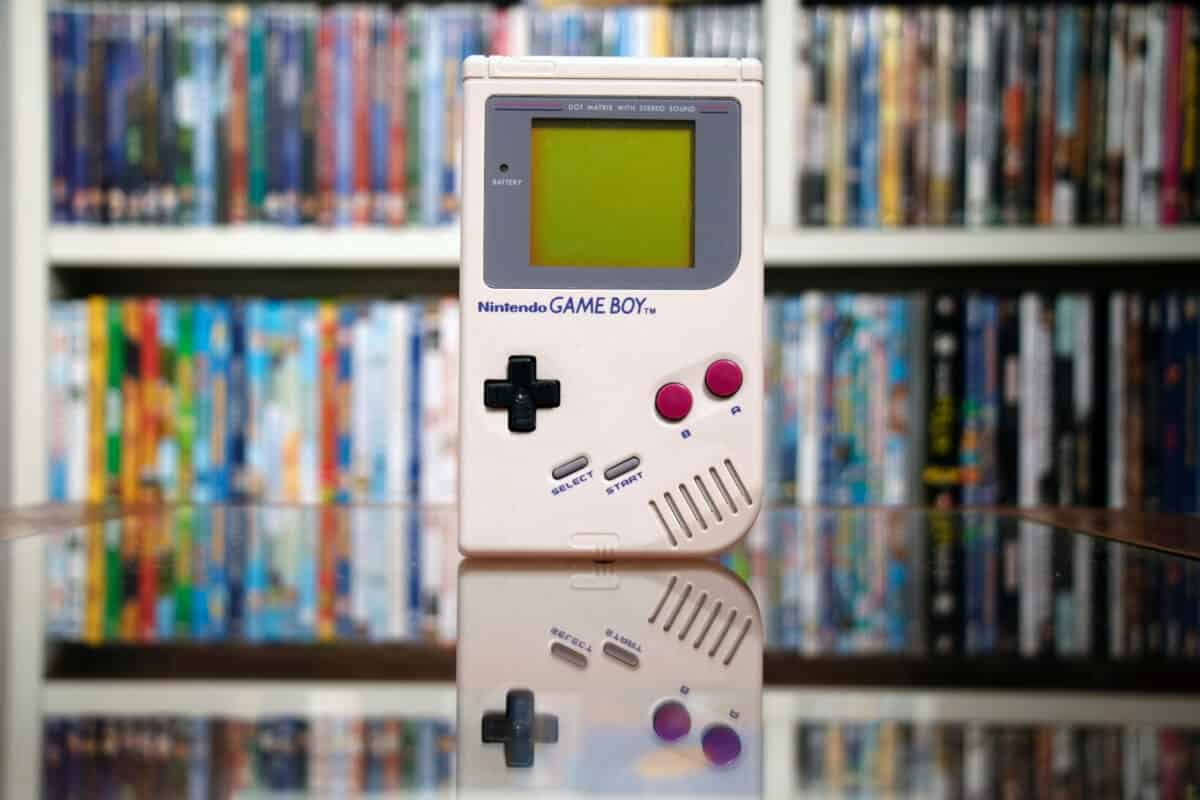
The gaming industry continued to evolve with Nintendo remaining a large driving factor. The support for portable video game consoles along with at-home video game consoles helped Nintendo to compete in a wide accessible market and maintain a standard of quality. This direction has continued through the years with Nintendo DS, DS Lite, DSi, DSi XL, Wii, 3DS, WiiU, and now the Nintendo Switch.
Nintendo is also well known for its game development and publishing. Its signature titles such as The Super Mario Bros., Pokemon, and The Legend of Zelda sdfdcreated within the confines of the Nintendo company’s network.
The Founding of Nintendo: How It Happened
Nintendo Koppai, the original name of the Nintendo Company, was founded in 1889 by Fusajiro Yamauchi in Kyoto, Japan, where it remains headquartered to this day.
In the 1880s, the Japanese government had set a ban on all gambling within the country. As a part of the ban on gambling, products typically used for such games were removed from circulation which meant any cards with numerical symbols on them were taken off the market. There was an exception for Hanafuda cards which featured illustrations rather than numbers. At the time, the card game was seen to have little appeal. So the Japanese government decided to let it run its course.
Fusajiro Yamauchi, on the other hand, saw an opportunity. He set about on a plan to re-introduce Hanafuda to Japan by creating hand-drawn illustrations on cards made from mulberry tree bark. He saw enough success to create a new company named Nintendo Koppai on September 23 of 1889 in Kyoto, Japan.
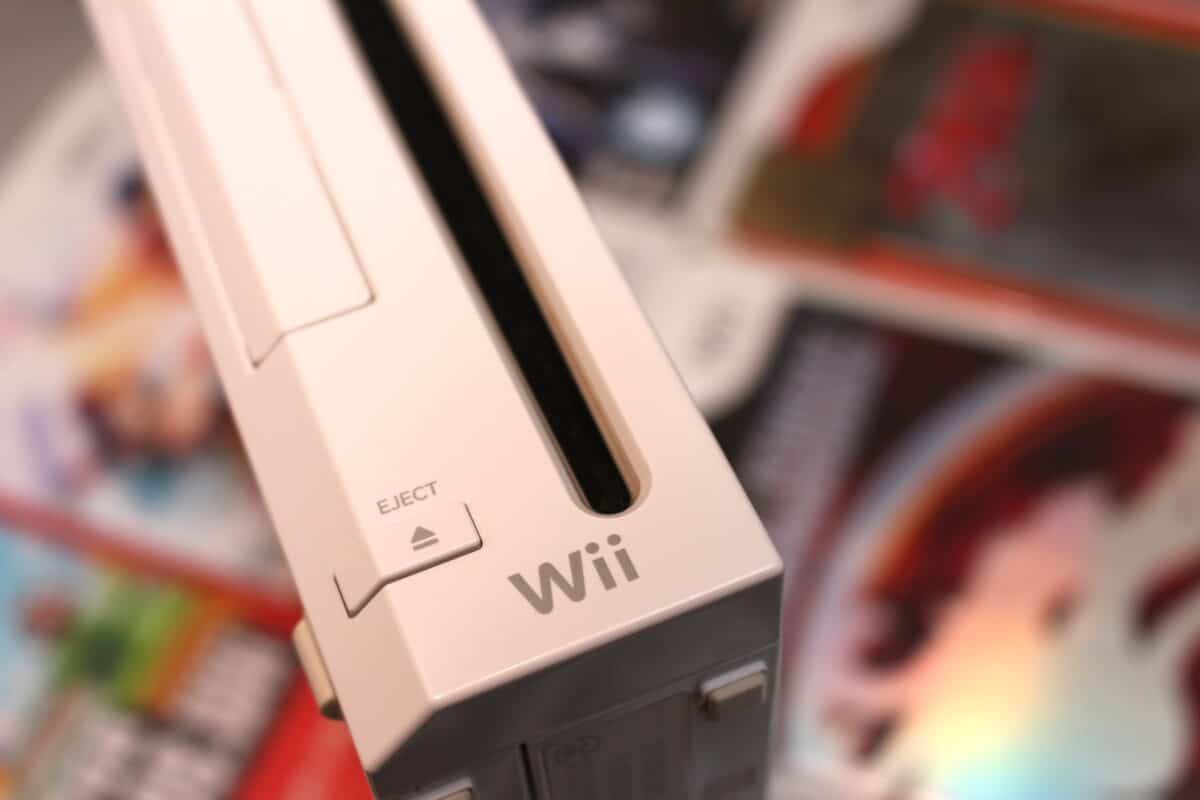
The name Nintendo is said to translate from Japanese to “Heaven blesses hard work” or variations of “Work hard, but in the end, it is in heaven’s hands.”
It didn’t take long before Nintendo’s Hanafuda cards were widely popular. They had even begun to be used for gambling against the decree of the Japanese government. As the demand had grown to a point Fusajiro could not keep pace with, he was forced to expand.
With a newfound production capability, Nintendo grew in its success and even released several more styles of cards including Daitouryou, or Napoleon, deck and the Miyako No Hana Hanafuda deck.
From there, Nintendo became a short-lived dynasty of gaming. The first successor to Fusajiro Yamauchi was his son-in-law Sekiryo Kaneda. Sekiryo was succeeded by his grandson, Hiroshi Yamauchi. Hiroshi took leadership with the condition that his family members be removed from the company ending the Yamauchi reign.
Hiroshi was succeeded by Satoru Iwata, who had gained his reputation through his involvement at HAL Laboratory and contributions to games like EarthBound, Balloon Fight, Kirby, Pokemon, and Super Smash Bros.
After Satoru passed due to complications from a tumor, he was replaced by Tatsumi Kimishima, the former president of The Pokemon Company, USA.
Throughout the decades of change, Nintendo has not only maintained a secure position in the gaming industry but has continued to create endearing experiences and consoles. From their start with hardware in Arcade Cabinets and the Famicom, all the way through the generations of the SNES, Nintendo64, GameCube, Wii, WiiU, and now the Nintendo Switch, the company has never failed to deliver what its customer base is looking for.
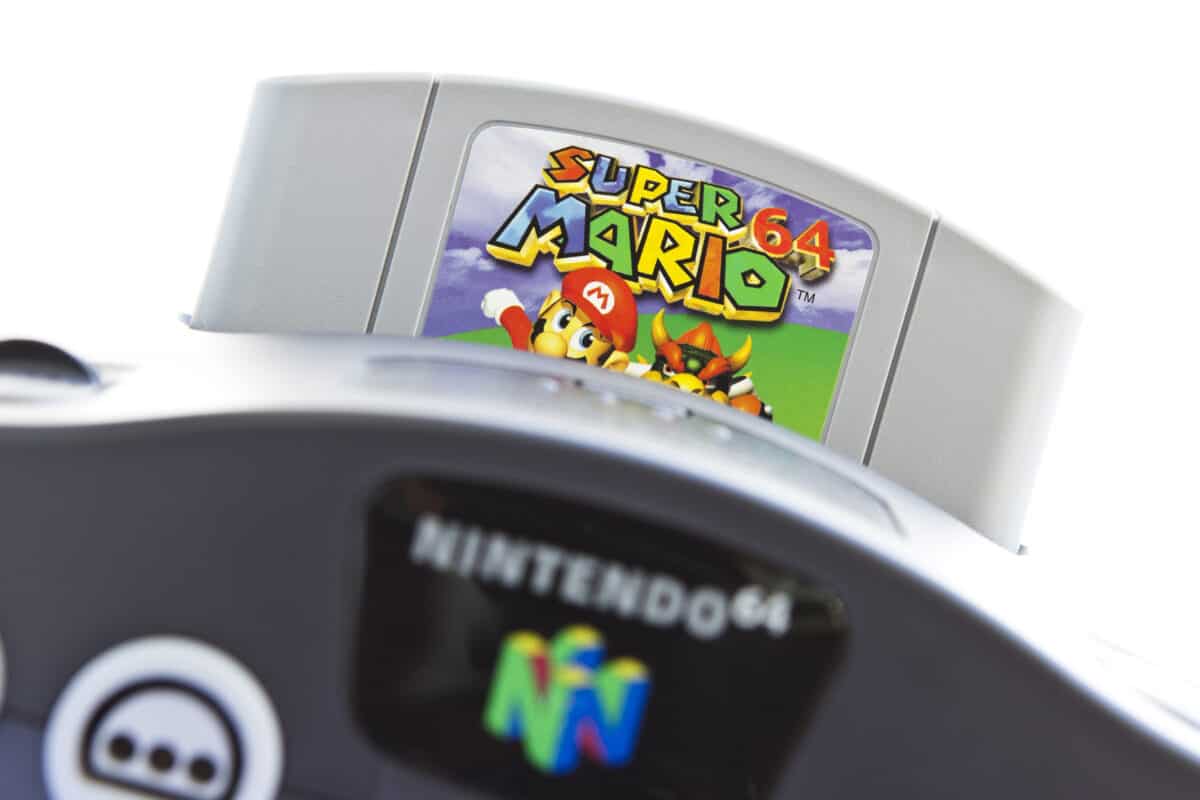
Nintendo Through the Decades
1889-1977
This was the formational period of Nintendo. The company was founded by Yusajiro Yamauchi to produce custom-designed Hanafuda cards and card games. For nearly 90 years, the company saw success in tabletop card games. The success was enough for them to form separate companies to provide manufacturing needs and to experiment with other business ventures.
1977-1982
The late 70s and early 80s proved to be the beginning of the company’s heavy involvement in video games. It began with the development of arcade cabinet games.
1983-1989
This period of time was the Famicom/NES era for the company. Every decision was about the production and publishing of Famicom consoles and game cartridges.
1990-1995
In 1990, the Super Famicom or Super NES took over the home console market. This era furthered the idea of video games and home consoles for every audience. It had transformed from a child’s device into a legitimate system.
1996-2000
1996 started the era of the Nintendo 64. Graphics had now become 3D and the memory allowed for software to let developers create longer and more memorable experiences. Some staples of the era include 007 Goldeneye, Spyro, Legend of Zelda: Ocarina of Time, and Majora’s Mask.
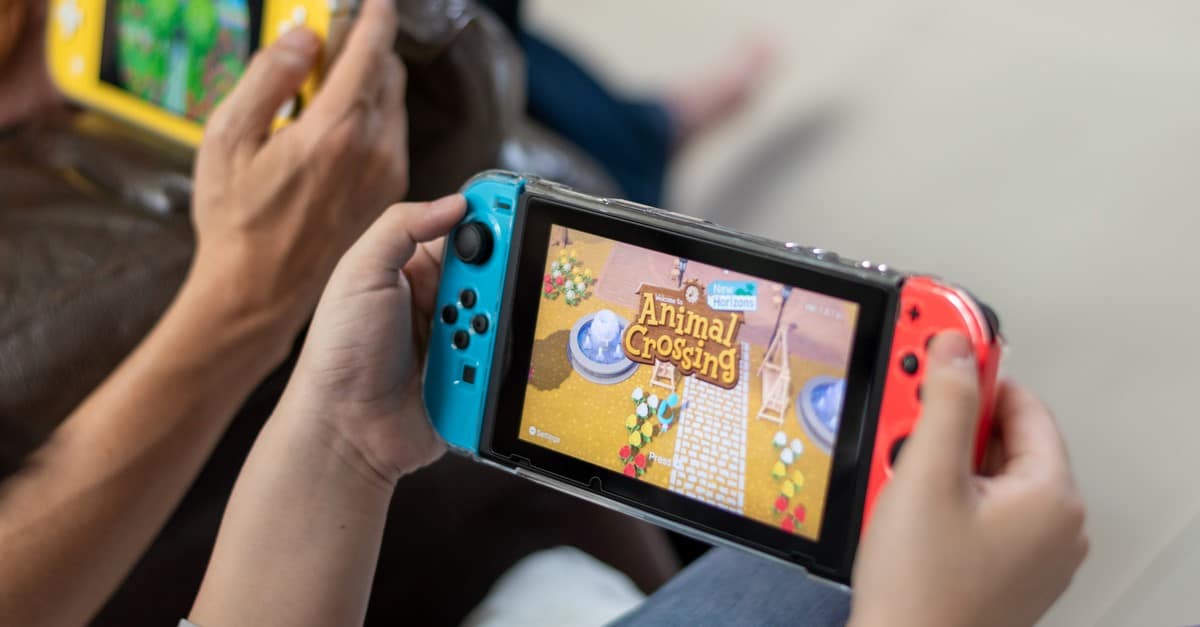
2001-2005
As consoles began to adopt new memory types, Nintendo made the change as well. GameCube introduced a more powerful console than the N64 that used discs rather than cartridges.
2006-2011
The Wii era of the company. This was among the company’s least successful runs, but not because they offered a poor product. They simply failed to hold a solid manufacturing and distribution schedule for a product with incredibly high demand. Despite this, the Wii introduced motion controls in a family-friendly way.
2012-2016
The company fixed its product supply line issues with its next console generation. The Wii U revamped the Wii design. It offered more power, a controller with a screen, and better motion tracking.
2017-2022
In 2017, Nintendo hit development gold. They released the newest iteration of the Wii that now allowed for the console to be docked for home entertainment or played portably on the built-in display. The Switch has been refreshed one time to include a larger OLED screen.
What Are the Most Important Inventions from Nintendo?
Famicom/NES
This was the first home console the company released. At first, the console was only available in Japan and was primarily known as the Famicom. The name was changed to NES to navigate around negative media bias for the United States market. The console featured popular arcade games on cartridges such as Super Mario Bros. and Donkey Kong.
Game & Watch
As one of the company’s first approaches to the mobile gaming platform. It produced a series of electronic watches that each featured a clock, an alarm, and a single game to play. The series was widely popular and sold over 43 million units.
Game Boy
The Game Boy handheld console was the first in a long line of products to bring video games away from the confines of wall outlets. The Game Boy not only solidified the company as a permanent fixture in the gaming industry but also introduced a new direction for development.
Super NES
A more powerful edition of the NES was launched dubbed the Super NES. The physical design of the console was much improved over its predecessor, but the console lacked the library of arcade games that had found their way onto the NES. However, SNES became the home of much more in-depth story games and RPGs. It also introduced new versions of Donkey Kong and Super Mario Bros. that shaped the images of the iconic characters into what they are today.
Nintendo 64
The next console generation brought 3D graphics into play. This was the true beginning of the rise in popularity of FPS games and updated platforming games like Super Mario 64 and Donkey Kong 64.
GameCube
The GameCube combined the increased storage of discs with a more powerful console device to keep in competition with the demand for the higher quality games offered by the company’s competitors such as Sony’s PlayStation and Sega’s Dreamcast. The console featured four controller slots, two memory card slots, a disc tray, a removable vanity plate, and a handle for traveling convenience.
Nintendo DS
The first true refresh of handheld gaming was introduced by the DS or dual screen. It continued the legacy of the previous Game Boy series, but with twice the screen and a plethora of new features. Nintendo continued to experiment with this device and even released a wide variety of iterations such as the DSi, DS Lite, DS XXL, and eventually the 3DS.
Wii
The company continued its innovative designs for gaming consoles by introducing motion controls with the Wii. This console suffered from a manufacturing production issue that caused the supply to quickly deplete against the demand and ultimately limited the sales of the console.
Nintendo 3DS
The 3DS supplanted the DS by offering more memory and more power. The 3DS acted as a small gaming computer with a pen digitizer for the bottom screen and a somewhat gimmicky 3D vision that can be turned on and off. The 3DS dominated the handheld gaming market for nearly a decade against products like Sony’s PSP and PS Vita. The only handheld console to take the reigns was produced by Nintendo.
Wii U
The Wii U tried to catch up with the computational power of its home console competition, the Xbox and PlayStation. Nintendo knew that they were a separate but related market to other brands. The company decided to increase the Wii’s power and include a controller with a screen that allowed Wii U owners to play the console away from the TV.
Nintendo Switch
The company’s latest and greatest is the Switch. Released in 2016, the Switch is among the most innovative console to have been crafted. It acts as a home video game console and as a handheld gaming system that includes the versatility of motion controls. The only complaints about the Switch were around the resolution of the screen which had since been addressed by a refresh of the product known as the Switch OLED. This iteration comes with a larger OLED screen for a better mobile experience. The developers even managed to increase the battery life of the Switch OLED model despite the screen size increase.
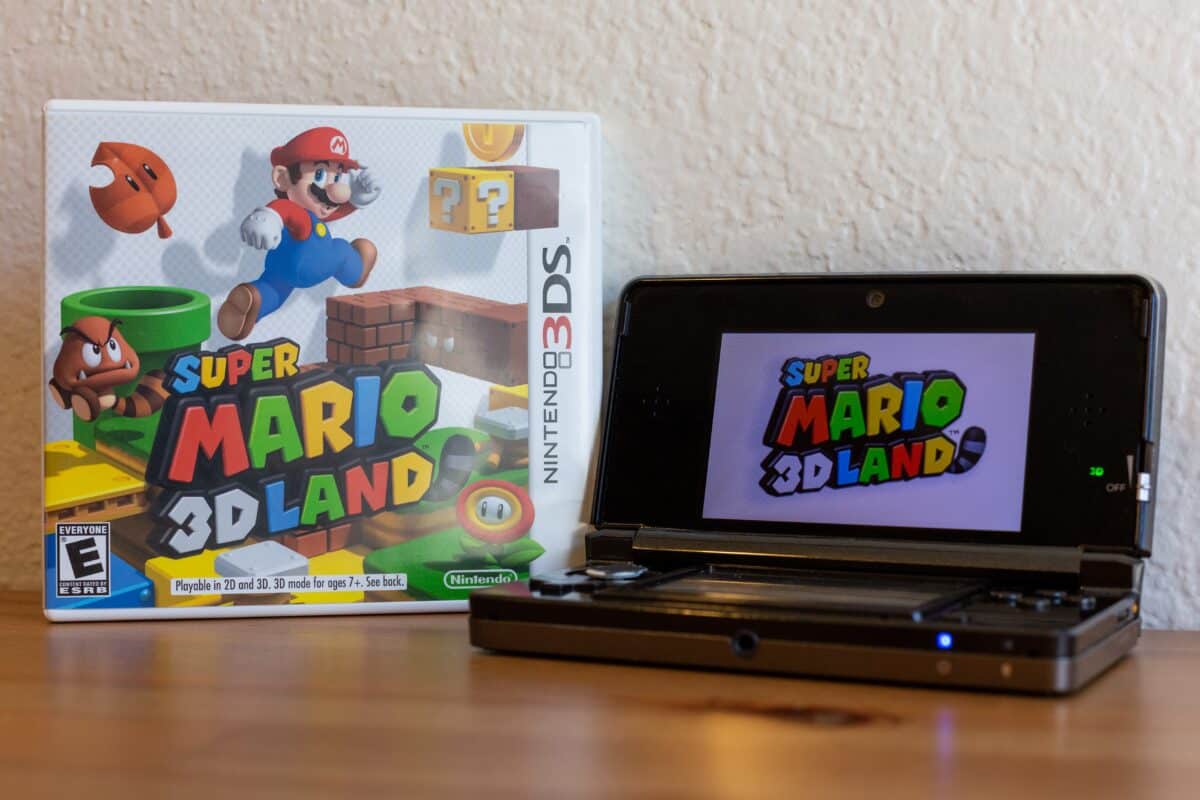
Video Games and Icons
Among the more notable technology developed by Nintendo, they also carry a strong history of crafting video games icons like Mario, Link, Donkey Kong, Falco, StarFox, Samus, and Kirby. These characters all have their own rich stories and worlds but also act as symbols of nostalgia for several generations.
How Does Nintendo Make Money?
Nintendo has a variety of money-making methods. First and foremost, Nintendo develops and produces consumer products and electronic video game consoles. The company also acts as a software publisher for game developers and maintains its own online digital content store. It also licenses and sells toys, animations, and promotional events. More recently Nintendo has ventured into the theme park industry with Nintendo Land.
Nintendo in the News
On July 4, 2023, Chihiro Fujioka — one of the original directors of the Super Mario RPG — announced that he is not involved with the remake of the classic which is due for release on November 17, although he said that he was “pleased” by the news.
On June 30, 2023, Nintendo announced it’s latest line-up of Nintendo Switch games that are due for release in July. These include the new Disney Illusion Island which is due for release on July 28, as well as Pikmin 4 which will be released on the slightly earlier date of July 21.
Up Next
- Nintendo Switch: Everything You Need to Know: Discover the full history of Nintendo Switch, including when it was released and what makes it so popular.
- The Best Free Nintendo Switch Games: Discover some of the best Nintendo Switch games that are free to play.
- The Absolute Best Wii Sandbox Games of All Time: Check out the very best Nintendo Wii sandbox games here!
The image featured at the top of this post is ©Ascannio/Shutterstock.com.
